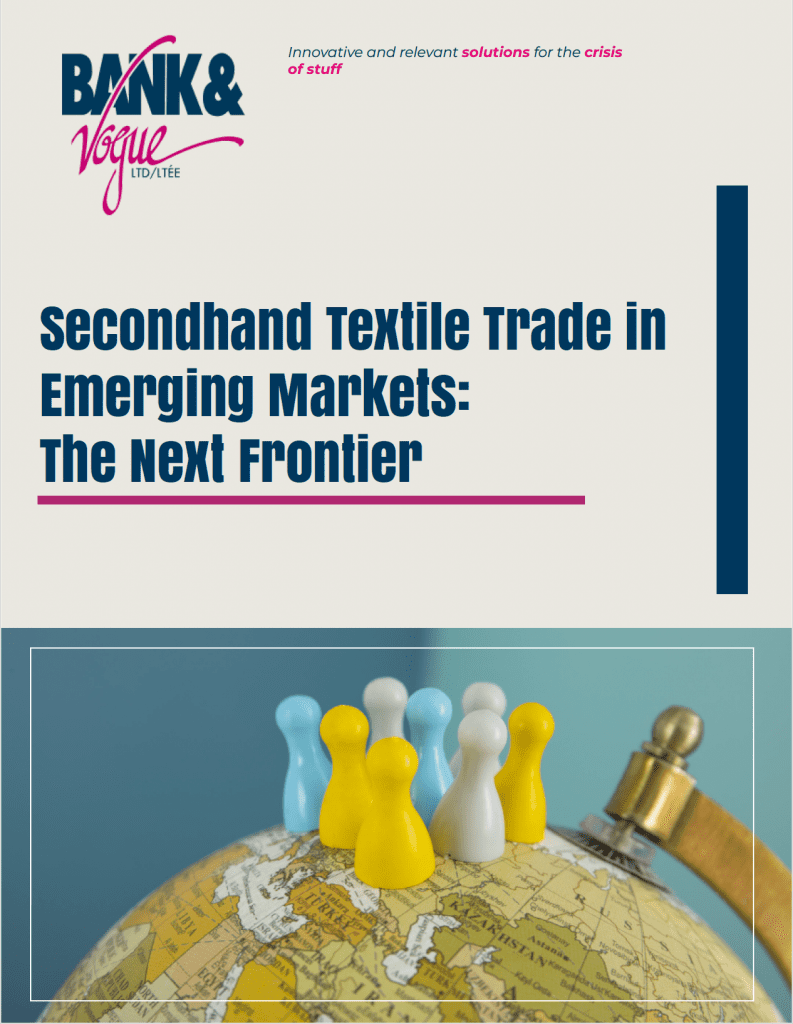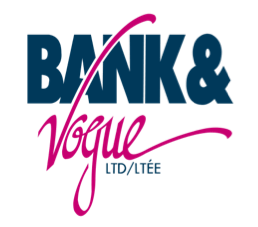Introduction
As the global demand for sustainable and affordable fashion grows, emerging markets in Southeast Asia and select regions with permissive import policies are becoming pivotal players in the secondhand textile trade. These regions, often overlooked in mainstream discussions, present untapped opportunities for investors, wholesalers, and market strategists to expand their operations and impact. This white paper explores the rapid growth and unique potential of these markets, focusing on consumer preferences, economic benefits, and cultural nuances that set them apart.
The Rising Demand for Secondhand Textiles
Global Trends Driving Secondhand Trade
- Sustainability: Increasing awareness of environmental issues is pushing consumers to choose secondhand clothing as a sustainable alternative.
- Affordability: Secondhand apparel offers quality at a lower cost, appealing to middle and low-income consumers in emerging markets.
- Cultural Shifts: The stigma around used clothing is diminishing globally, with vintage and pre-loved items gaining mainstream acceptance.
Market Growth in Regions with Permissive Import Policies
Southeast Asia:
- Countries like the Philippines, Indonesia, and Vietnam are seeing a surge in demand for secondhand textiles due to growing middle-class populations and affordability concerns.
- The region’s younger demographic shows strong interest in sustainability and unique fashion pieces.
South America:
- Chile stands out as a key market due to its favorable trade policies that allow tariff-free importation of secondhand textiles. This has created a thriving resale market supported by accessible local and international suppliers.
- Local demand for affordable, high-quality secondhand clothing continues to grow, especially in urban areas.
Central America:
- Guatemala is a major importer of secondhand clothing in Latin America and ranks as the ninth-largest importer globally. In 2021, Guatemala imported approximately 130,000 tons of used clothing, with primary sources including the United States, Canada, and Spain. The secondhand industry generated $40.2 million in tax revenues that year, highlighting its significant economic impact.
- Guatemala’s well-established market caters to a population where many rely on affordable clothing options, making secondhand apparel a vital resource. Additionally, the country’s demand for used clothing continues to grow due to economic disparities and high levels of poverty.
Middle East:
- The Middle East, particularly Gulf Cooperation Council (GCC) countries, is experiencing a growing interest in pre-loved luxury items, driven by affluent consumers seeking sustainable alternatives.
- Cultural preferences for modest fashion present a unique opportunity for tailored secondhand offerings.

Economic and Social Benefits of Secondhand Trade
Economic Opportunities
- Job Creation: Sorting, repairing, and reselling secondhand textiles generate employment opportunities in emerging markets.
- Local Business Growth: Small-scale entrepreneurs benefit from reselling secondhand goods, fostering economic empowerment.
- Foreign Exchange Earnings: Exporting secondhand textiles contributes to foreign exchange revenue in supplier countries.
Social Impacts
- Affordable Clothing Access: Secondhand trade provides affordable options for families in low-income communities.
- Reducing Waste: Diverting textiles from landfills reduces environmental pollution and promotes circularity.
- Empowering Women: Many secondhand businesses are run by women, creating avenues for financial independence.
Cultural Nuances and Consumer Preferences
Southeast Asia
- Traditional Markets: Consumers in Southeast Asia value personal interactions in markets, favoring physical shops over online platforms.
- Cultural Sensitivity: Bright colors and modest attire are particularly popular, requiring careful curation of inventory.
South America
- Chile as a Model: In Chile, the demand for trendy, durable, and brand-name items supports a thriving secondhand market. Local consumers value affordability without compromising quality, making it a benchmark for other regions with restrictive policies.
Central America
- Guatemala’s Robust Market: The well-established secondhand clothing market in Guatemala is driven by affordability and accessibility. Imported primarily from developed countries, secondhand goods meet the needs of a population where a significant portion lives below the poverty line. The country’s market thrives through both traditional shops and informal trade networks.
Middle East
- Luxury Resale: High demand for pre-owned luxury items, such as handbags and watches, dominates the market.
- Religious Considerations: Modest and culturally appropriate clothing is essential for success in the region.
Challenges and Opportunities
Challenges
- Regulatory Barriers: Import restrictions on used clothing in some countries, such as Colombia and Brazil, limit trade opportunities.
- Perception Issues: Overcoming negative stereotypes about secondhand goods remains a challenge in certain cultures.
- Tariff Increases: Proposed tariffs, such as the U.S.’s potential 25% tax on imports from Canada and Mexico, could disrupt established trade flows and raise costs.
- Supply Chain Complexity: Managing logistics in diverse and fragmented markets.

Opportunities
- Regional Innovations: Emerging markets are leveraging innovative solutions to enhance the secondhand trade. For example, Southeast Asian startups are introducing AI-based sorting systems to improve the efficiency and quality of secondhand apparel processing. In Chile, digital marketplaces tailored to local needs, such as real-time pricing and geo-targeted inventory, are revolutionizing access to secondhand goods.
- Cultural Customization: Tailoring offerings to align with local preferences and values remains a key opportunity. For instance, businesses in the Middle East have found success by focusing on pre-loved luxury and modest fashion lines, while Southeast Asia’s demand for vibrant, high-quality items opens new avenues for curated collections.
- Strategic Partnerships: Collaborations with NGOs and local cooperatives are enabling businesses to navigate regional nuances and expand their reach sustainably. This includes joint ventures in Southeast Asia that combine local market expertise with global resources.
- New Markets: Exploring untapped regions with favorable trade agreements, such as Chile and Guatemala, offers avenues for growth even amid regulatory challenges.
Strategic Recommendations
- Invest in Local Partnerships: Collaborate with regional distributors to navigate cultural and logistical challenges.
- Embrace Technology: Leverage online marketplaces and data analytics to identify demand trends and optimize inventory. Adopt innovative tools like AI-based sorting systems where applicable.
- Focus on Education: Launch awareness campaigns highlighting the benefits of secondhand textiles to shift consumer perception.
- Monitor Trade Policy Changes: Stay informed about international regulations, such as proposed tariffs and changes under trade agreements like USMCA. The potential 25% tariff on imports from Canada and Mexico underlines the need for diversification in sourcing strategies.
- Prioritize Sustainability: Implement environmentally responsible practices to enhance brand reputation and meet consumer expectations.
Conclusion
Emerging markets in Southeast Asia, regions with permissive import policies like Chile and Guatemala, and parts of the Middle East represent the next frontier in the secondhand textile trade. However, navigating these markets requires awareness of both opportunities and challenges, including regulatory changes and cultural sensitivities. By leveraging innovative solutions, forming strategic partnerships, and tailoring approaches to local needs, businesses can tap into significant growth potential while contributing to global sustainability efforts. Bank & Vogue is committed to supporting stakeholders in navigating this landscape, fostering innovation, and creating meaningful economic and environmental impacts. Reach out to us for guidance on maximizing your opportunities in these thriving markets.








